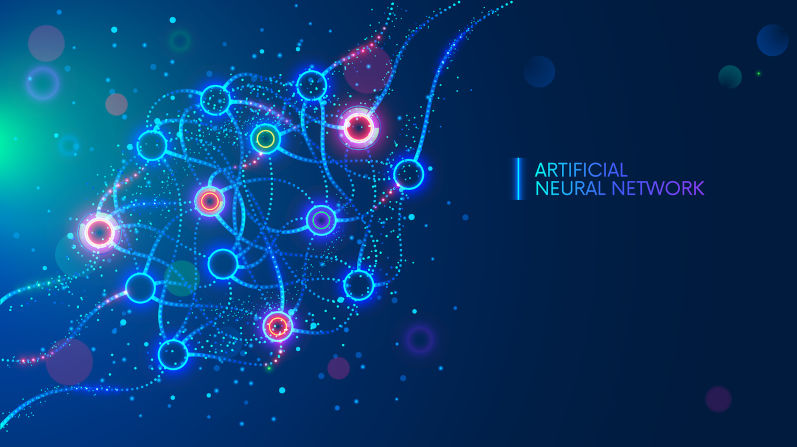Scientific discovery, Nobel Prizes and AI
October 27, 2024
Marie Curie discovered radioactivity, Alexander Fleming found penicillin: in the 20th century, their merit was clear when they received the Nobel Prizes. In 2024, the Physics and Chemistry Nobels are unusual, and show that the nature of discovery is changing with the advent of AI. How?
On the stage of Stockholm this year we could observe a new act of the power held by the tech giants of AI: it’s a new performance that should keep us alert. It may be just a matter of doing new research with AI, but, together with their intention to fund a push for nuclear power to satisfy its needs of energy, we cannot sit down and applaud. We’ve done that with social media and are seeing the consequence in our new generations.
The justification of the 2024 Physics Nobel Prize to J J Hopfield and G E Hinton was “for foundational discoveries and inventions that enable machine learning with artificial neural networks”, the forerunners of AI. The prize was perhaps not for physics, as some physicists have said. It was perhaps mimicry, since they copied the human brain’s neural networks that neuroscientists took ages to discover and describe. They picked all that, transferred to the codes of computer science, then scaled up the number of educated artificial neural networks, inserting new layers to form complex networks: a quick job for AI. Evolution took much longer, but of course it came up with more interesting functions for human neurons.
The reason for the 2024 Nobel prize for Chemistry was “For computational protein design” (D. Baker) and “For protein structure prediction” (D Hassabis and J Jumper). Proteins are essential compounds for life, and their structure determines their functions. Part of their structural diversity is “folding”, the way skeins of amino acid components fold over each other. Baker developed software to predict these structure, but eventually enlisted Hassabis and Jumper, two AI researchers at Deep Mind (Google) to boost this task. In the end, all 200 million proteins listed in prior genetic databases had their structure revealed.
In both those prizes, there are issues with originality and allocation of merit. In discovery, the winner usually comes up with original research. On the other hand, copying the structure of a living thing is called synthetic or artificial, hardly original. In the Physics prize case, the winners modified the known physical process a living neural network uses to consolidate memory. They used computer science and AI to come up with a machine process to do that.
As for the Chemistry prize, one could ask: whose merit is it if privileged access to software — backed by the extremely powerful, massive data of Deep Mind AI — allows all possible statistical experiments in little time? Displaced merit has a negative effect on innovation and effectiveness of research: this should be of concern to many, including governments’ research funding agencies.
Of further concern is the concentration of power in the hands of a few tech giants, whose alliances with our research establishments could skew, redirect research, benefit or leave behind some, according to the value algorithms that remain inaccessible.
But there are more fundamental problems with the use and intrusion of AI in research. One is the nature of AI: it is based on data of existing studies, experiments, trials and publications. There is nothing further, not even the so called ‘generative’ AI, which is based on new combinations of the same material in the form of large language models. Of course AI can generate anything, including ‘hallucinations’, but it cannot go further because it doesn’t have logical processes, inferences and arguments, implications or assumptions, lateral thinking etc. So it’s stuck with existing experiences, its creativity limited to novel combinations of the status quo.
The problem is the current status of AI: it’s considered the most advanced tool one can use. So a creative human mind, instead of using imagination, original perception and new solutions, has to concentrate on the competing speed and cover of AI. Distracted in this way, human creativity will be stunted, preoccupied and loosing ground. When ‘futurists’ historians predict the takeover of machines over humans, they will have to refer to the slowing of the human mind, not to the advance of ‘thinking’ machines.
Then, not least, there is the environment and the undoing of terrestrial climate. The AI industry is benefiting from the hype and the naivety of market investors: tech giants are growing at unprecedented speed and are using ever more quantities of energy. Now they are turning back to nuclear power with massive investments, including the idea of recommissioning Three Mile Island, the famous reactor involved in the 1979 nuclear accident. The renewed interest in nuclear power, especially the funds flowing to test the viability of small reactors, will no doubt work against the current speed of renewable energy development. The lively price of uranium is the latest proof.

